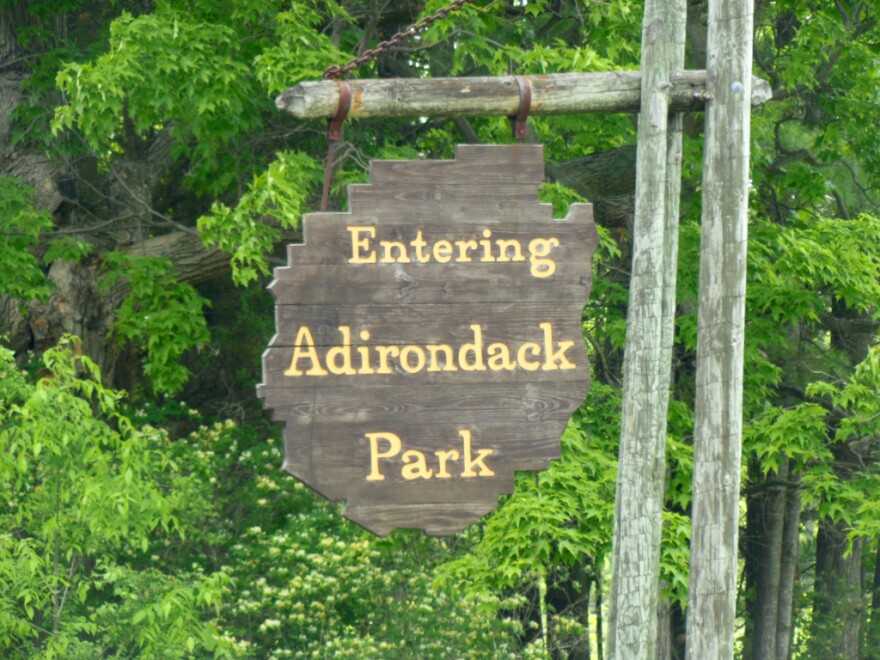In 2013, Protect the Adirondacks filed a lawsuit challenging the legality of New York state’s plan to cut trees in the Forest Preserve and build nearly 27 miles of snowmobile trails. The New York Appellate Court issued a split decision recently, ruling that while building the trails did not violate the state constitution, the planned destruction of timber did.
The New York state Constitution’s Article 14 states that Forest Preserve lands “..shall be forever kept as wild forest lands…nor shall the timber thereon be sold, removed or destroyed.”
Protect the Adirondacks had filed suit against a DEC plan to construct snowmobile trails, arguing it would mean cutting more than 25,000 trees, or timber, at least three inches in diameter. The Appellate Court determined that construction of the trails would result in “…an unconstitutional destruction of timber in the Forest Preserve.” Executive Director Peter Bauer says the ruling is important because only two other decisions over the past 75 years have set precedent for tree cutting on the Forest Preserve. “This case actually expanded upon and provided greater definition for the protection of trees on the Forest Preserve. Those trees need protection. The Constitution doesn’t say what trees are protected and what trees are not protected or that only some trees are protected or some trees are not protected. The Constitution says the trees on the Forest Preserve are protected. Of course the state of New York can cut trees for its management activities but in this case cutting 25,000 trees went over any reasonable standard.”
Adirondack Park Local Government Review Board Spokesman Fred Monroe is disappointed with the court’s 4-1 decision. He believes Protect inflated the numbers of trees to be cut by including saplings and seedlings under the definition of timber. Monroe believes Protect’s goal is to block snowmobile trails. “If you count four times as many trees, saplings and seedlings than DEC counts as timber then it can be determined as it was in this case to be unconstitutional. That prohibits the creation of the trails and they’re trails that are critically important to the economy of Adirondack towns and villages in the winter. It can even impact the maintenance of trails if there’s substantial cutting that needs to be done, and not just snowmobile trails. They can be judged to be unconstitutional if you count things that are really not timber as timber.”
While the ruling determined that destroying trees violates the state constitution, the judges also found that the second element in the lawsuit “…construction of the Class II trails did not violate the Forever Wild clause.”
Monroe finds the split decision inconsistent. “They did draw that distinction between no impairment in the wild forest character and the cutting of timber. This is not consistent with past precedent even. It’s a very disturbing decision I think.”
Bauer acknowledges the trail ruling is a loss. “We thought that the terrain alteration to build these trails also violated the state constitution and the Forever Wild provision. We lost on that count and we are now evaluating that to see about whether or not to make an appeal.”
The litigants have 30 days to determine if they will appeal the Appellate Court’s decision.
In an August 20, 2019 e-mail to WAMC a spokesperson for the NYS DEC states that reference to the cutting of "25,000 trees at least 3" in diameter" as unconstitutional is incorrect. "The new definition of timber includes trees of all sizes (including seedlings and saplings). The decision was not about trees 3" dbh only."






